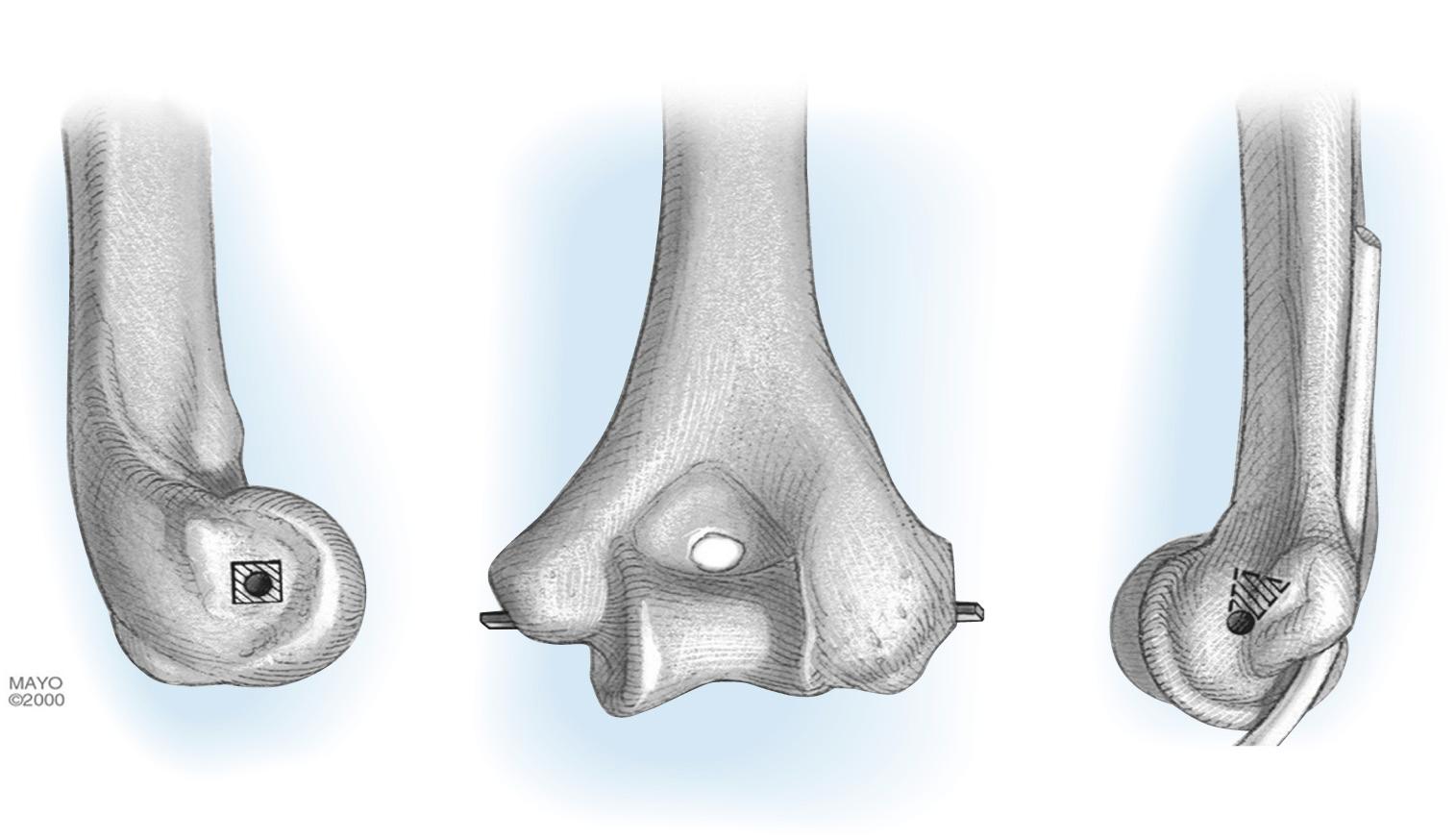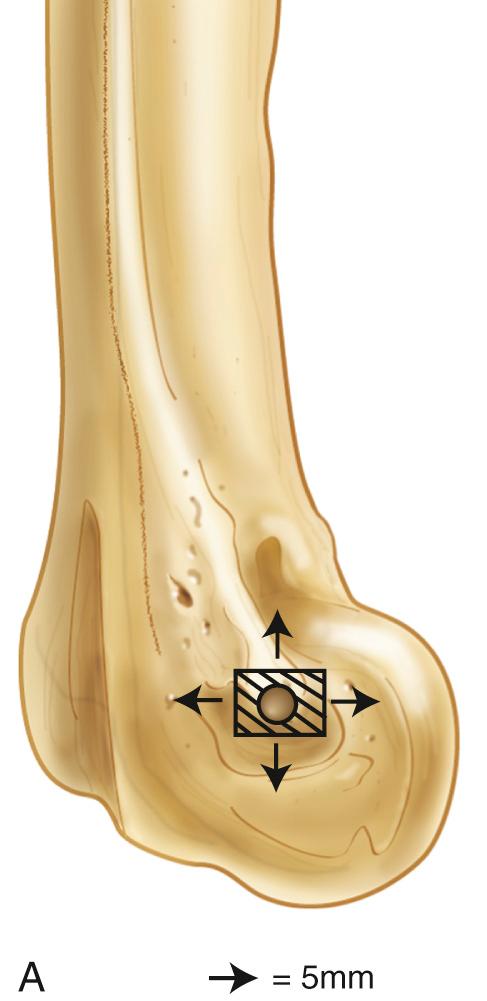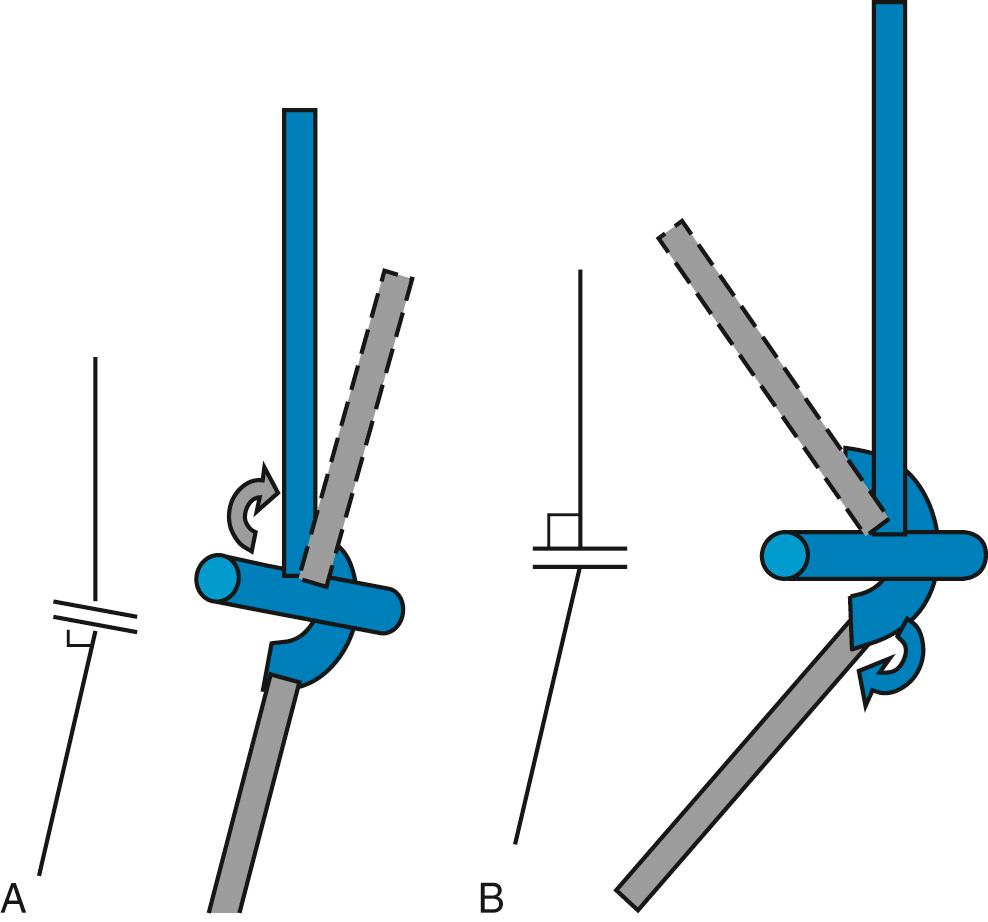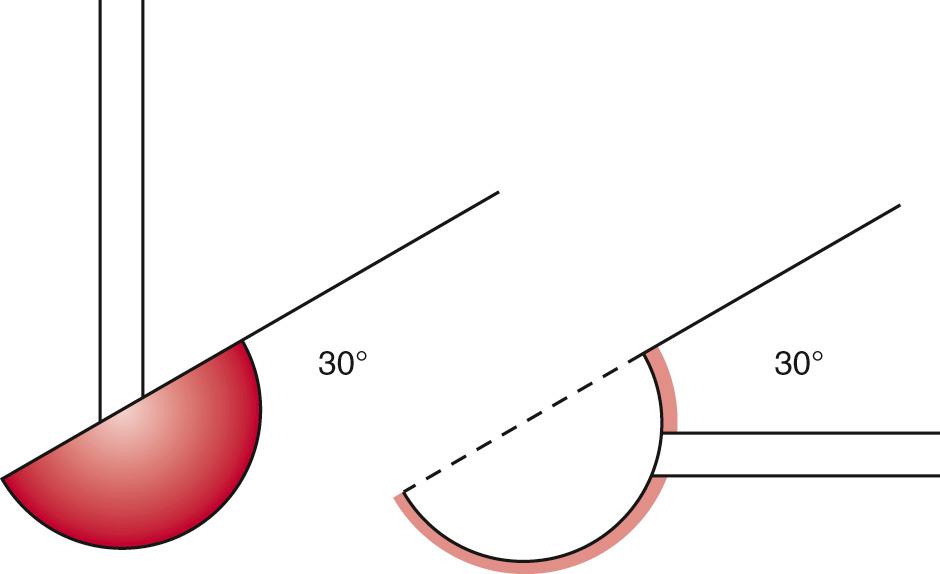Physical Address
304 North Cardinal St.
Dorchester Center, MA 02124
The very basic function of the upper extremity depends largely on a functional elbow joint. A complex joint, the elbow, serves as a link in the lever arm system that positions the hand, as a fulcrum of the forearm lever, and as a load-carrying joint. Loss of function in the elbow, possibly more than that in any other joint, can jeopardize individual independence.
In our practice, a working knowledge of biomechanics has been extremely important and rewarding. Clinical relevance includes elbow joint design and technique, the rationale and execution of trauma management, and ligament reconstruction. In short, a clear understanding of biomechanics provides a scientific basis for clinical practice.
From the clinician's perspective, the biomechanics of the elbow is best discussed according to the clinical functions: motion (kinematics), stability (constants), and strength (force transmission).
The elbow is described as a trochoginglymoid joint. That is, it possesses two degrees of freedom (motion): flexion-extension and supination-pronation. Motion occurs at three articulations: the radiohumeral, the ulnohumeral, and the radioulnar articulation.
Because of the congruity at the ulnohumeral articulation and surrounding soft tissue constraint, elbow joint motion is considered primarily a hinge type. Yet two separate three-dimensional studies of passive motion at the elbow revealed that the elbow does not function as a simple hinge joint. The position of the axis of elbow flexion, as measured from the intersection of the instantaneous axis with the sagittal plane, follows an irregular course. A type of helical motion of the flexion axis has been demonstrated. This pattern was previously suggested and was attributed to the obliquity of the trochlear groove along which the ulna moves. The amount of potential varus-valgus and axial laxity that occurs during elbow flexion averages about 3 to 4 degrees.
The axis of motion in flexion and extension has been the subject of many investigations. Fischer (1911), using Reuleaux technique, found the so-called locus of the instant center of rotation to be an area 2 to 3 mm in diameter at the center of the trochlea ( Fig. 3.1 ). Fischer's observations were confirmed by use of the biplanar x-ray in subsequent studies. The axis of rotation is internally rotated 3 to 8 degrees relative to the plane of the epicondyles. In the coronal plane, a line perpendicular to the axis of rotation forms an angle of approximately 4 to 8 degrees with the long axis of the humerus. These data have inspired the development of less constrained but coupled elbow joint replacement designs (see Chapters 86 and 90 ).

The reported variation in the elbow flexion axis is rather minimal, and thus the ulnohumeral joint could be assumed to move as a uniaxial articulation except at the extremes of flexion and extension.
The axis of rotation passes through the center of the arcs formed by the trochlear sulcus and capitellum. The center of rotation can be identified from external landmarks. In the sagittal plane the axis lies anterior to the midline of the humerus on a line that is collinear with the anterior cortex of the distal end of the humerus. The coronal orientation is defined by a line from the center of the projected center of the capitellum and from the anteroinferior aspect of the medial epicondyle that corresponds to the projected center of the trochlea. For reference, this axis has been shown to be a mean of 14 degrees externally rotated with respect to the plane formed by the posterior condyles (see Fig. 3.1 ).
Alterations of the axis by as much as 5 mm proximally, distally, anteriorly, or posteriorly have been shown to have only a slight effect on elbow kinematics ( Fig. 3.2 ). This observation has great clinical relevance regarding the design and insertion of a prosthetic replacement and the placement of articulating external fixation devices.

The radius rotates around the ulna while staying centered on the capitellum, allowing forearm rotation or supination-pronation. The rotational axis of the forearm is considered to pass through the convex head of the radius in the proximal radioulnar joint and through the convex articular surface of the ulna at the distal radioulnar joint and is independent of elbow position. Clinically and experimentally, less than 10% angulation of either the radius or the ulna causes no functionally significant loss of forearm rotation.
Ulnar rotation was described as being coupled with forearm rotation. External axial rotation of the ulna is coupled with forearm supination and internal rotation of the ulna. Finally, the radius has been shown to migrate 1 to 2 mm proximally with pronation. This observation of physiologic radial laxity has great clinical relevance, especially regarding the technique of radial head replacement.
The carrying angle is defined as that formed by the long axis of the humerus and the long axis of the ulna. It averages 10 to 15 degrees in men and is about 5 degrees greater in women.
Some confusion has occurred regarding the change in this angle during flexion because of different measurement reference systems. From an anatomic point of view, it is not difficult to observe that the existence of the carrying angle is based on the angles formed by the long axis of the humerus and ulna and the relative “tilt” of the articulations referable to the long axis. The specific varus/valgus relationship of the forearm to the humerus during flexion therefore depends on the relative angular relationship of the humeral and ulnar articulations ( Fig. 3.3 ).

Considerable variation exists, however: typically, flexion ranges from 0 degrees or slightly hyperextended to about 150 degrees in flexion. Forearm rotation averages about 75 degrees (pronation) to 85 degrees (supination) (see Chapter 5 ). The cartilage of the trochlea forms an arc of about 320 degrees, whereas the sigmoid notch creates an arc of about 180 degrees. Generally, the arc of the radial head articulation is about 40 degrees, which articulated with the capitellum, having a surface area of approximately 180 degrees.
The 30-degree anterior angulation of the trochlea coupled with the 30-degree posterior orientation of the greater sigmoid notch allows full stable extension of the joint (see Chapter 2 ) ( Fig. 3.4 ). The impact of the olecranon process on the fat of the olecranon fossa and the tension of the anterior bundle of the medial collateral ligament have been described as serving as a check to extension. The anterior muscle bulk of the arm and forearm, along with contraction of the triceps, is also reported to prevent active flexion beyond 145 degrees. Passive flexion is limited by the impact of the head of the radius against the radial fossa, the impact of the coronoid in the coronoid fossa, tautness of the posterior bundle of the medial collateral ligament, and tension from the capsule and triceps.

For pronation and supination, Braune and Flugel reported that passive resistance of the stretched antagonist muscle restricts the excursion range more than that of the ligamentous structures. Spinner and Kaplan have also shown that the quadrate ligament also provides some static constraint to forearm rotation. Impingement of tissue, the flexor pollicis longus, against the deep finger flexors also restricts pronation. The entire range of active excursion in an intact arm is about 150 degrees, whereas when the muscles are removed from a cadaver specimen, the range increases to 185 to 190 degrees. With cutting of the ligaments, the range increases up to 205 to 210 degrees.
Become a Clinical Tree membership for Full access and enjoy Unlimited articles
If you are a member. Log in here